saintglenn
Veteran Member
- Joined
- Jul 1, 2012
- Messages
- 55
Something bad happened during haulout... My lower piece off the keel that supports the rudder disappeared... I need pics to see how to fabricate a new support.
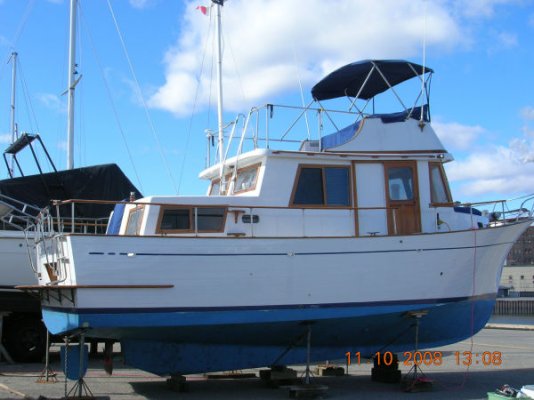

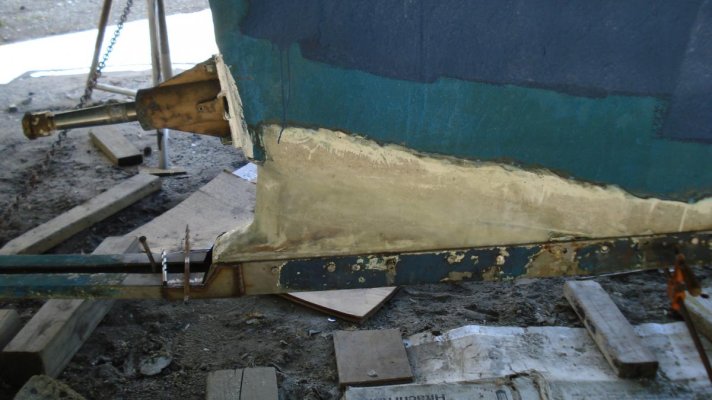

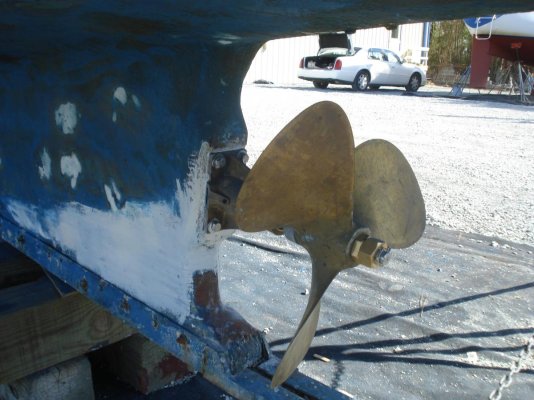

Here is repair picture showing how the skeg extension and rudder were constructed. Also a picture of it disassembled again now to replace the shaft log which I am currently working on.I had a similar situation last summer when I struck a submerged object. I am searching for repair pics. I had marina in Cape Charles fabricate a new rudder and skeg extension from stainless steel. View attachment 75507
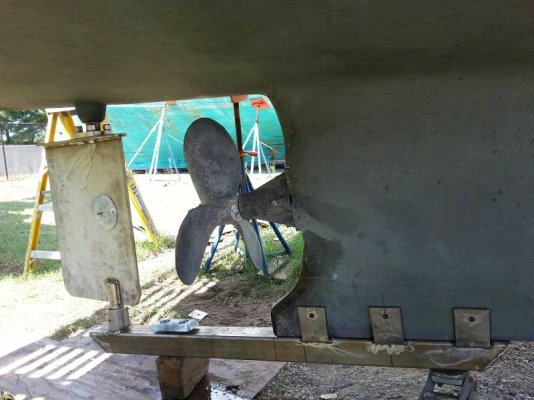
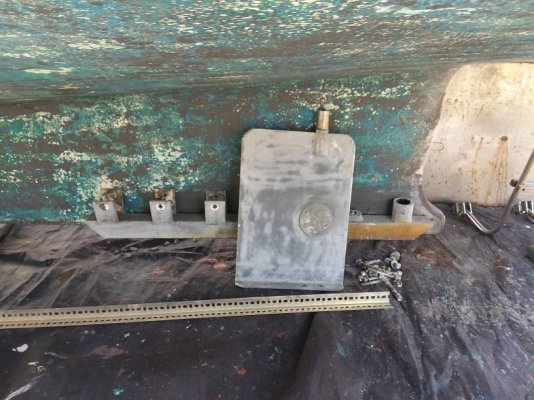
I had a similar situation last summer when I struck a submerged object. I am searching for repair pics. I had marina in Cape Charles fabricate a new rudder and skeg extension from stainless steel. View attachment 75507

I had pretty good steerage in one direction only. Was able to return to Cape Charles unassisted, it was a white knuckle experiance.Bet that accident was noisy and really exciting. Be thankful you had the skeg.
You had a noticeable loss of steerage ?
The rudder post was not bent?
The skeg was replaced/sistered on the bottom with some 3" box tubing. The broken fiberglass skeg was glassed over. The exposed section of broken skeg was a combination of plywood and lots of fiberglass. I don't if it was original construction as there was evidence of prior repairs. I also had water penetration which I'm certain was coming from my failed shaft log.Thanks for the pics. If I understand correctly you replaced the skeg with a redesigned version? Any idea what material was inside the old skeg? I'm thinking there is a water penetration issue from either the rudder post or the possibly the stern gland, leaving water within which freezes in the winter and splits the skeg open.
The skeg was replaced/sistered on the bottom with some 3" box tubing. The broken fiberglass skeg was glassed over. The exposed section of broken skeg was a combination of plywood and lots of fiberglass. I don't if it was original construction as there was evidence of prior repairs. I also had water penetration which I'm certain was coming from my failed shaft log.
